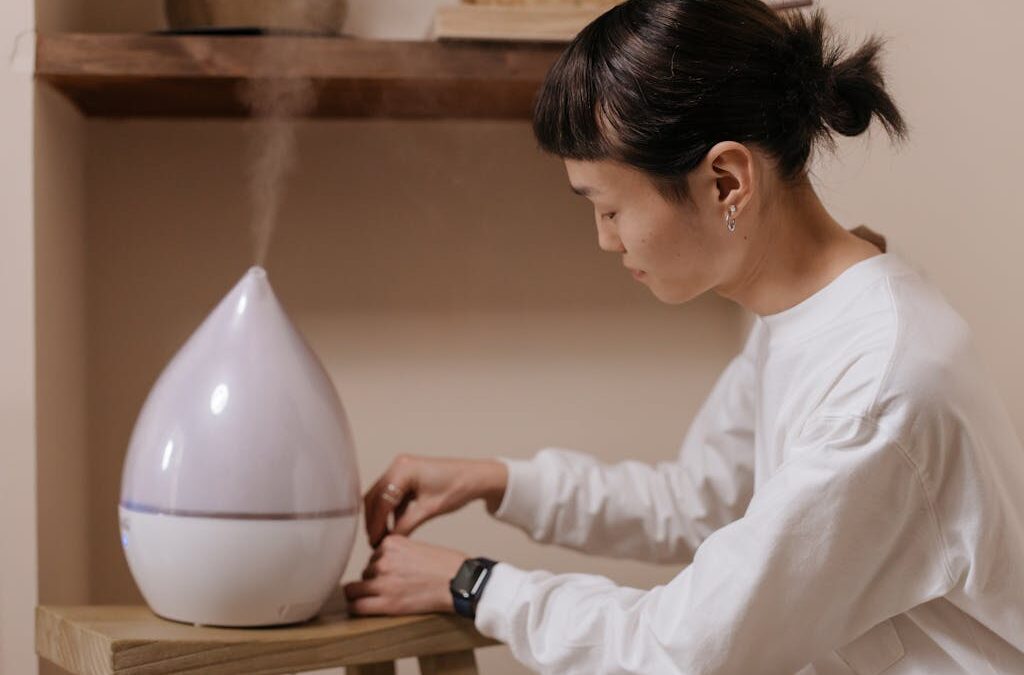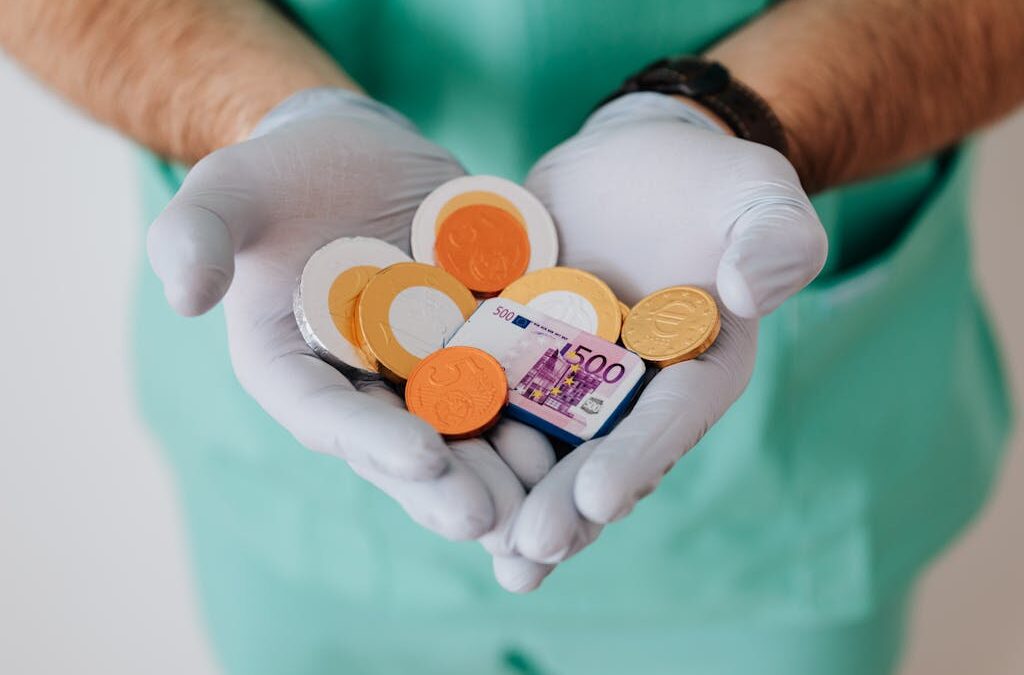Hearing Aid Technology Advancements to Improve Hearing Loss

Hearing loss is a common issue that affects millions of people worldwide, impacting their communication, social interactions, and overall quality of life. Fortunately, advancements in hearing aid technology are transforming how individuals experience sound, making it easier for those with hearing impairments to engage fully in their daily lives. Understanding these innovations can help you make informed decisions about hearing aids and their benefits.
Digital Signal Processing
One of the most significant advancements in hearing aid technology is digital signal processing (DSP). Unlike traditional analog hearing aids, which amplify all sounds, DSP technology analyzes sound signals and adjusts amplification based on the environment. This means that modern hearing aids can differentiate between speech and background noise, enhancing the clarity of conversations while minimizing distracting sounds. The result is a more natural listening experience, allowing users to focus on what matters most.
Connectivity Features
Today’s hearing aids often come equipped with wireless connectivity options, enabling users to connect their devices directly to smartphones, tablets, and other Bluetooth-enabled technology. This connectivity allows individuals to stream phone calls, music, and podcasts directly to their hearing aids, providing a seamless auditory experience. Some models also offer compatibility with smart home devices, allowing users to control their hearing aids easily through smartphone apps. These features enhance convenience and improve the overall listening experience in various settings.
Noise Reduction and Directional Microphones
Hearing aids now incorporate advanced noise reduction technology that enhances the user’s ability to hear speech in noisy environments. Directional microphones, which focus on sound coming from a specific direction, allow users to filter out background noise and concentrate on conversations. This feature is particularly beneficial in crowded places, such as restaurants or social gatherings, where multiple sounds can be overwhelming. With these advancements, individuals with hearing loss can participate more fully in social interactions.
Rechargeable Batteries
Another notable advancement is the introduction of rechargeable batteries in hearing aids. Traditional hearing aids required regular battery changes, which could be inconvenient for users. Modern rechargeable models eliminate this hassle by allowing users to charge their devices overnight, ensuring they start each day with fully powered hearing aids. This convenience promotes consistent use, leading to better hearing outcomes.
Customization and Personalization
Hearing aids are no longer a one-size-fits-all solution. With advancements in technology, many modern hearing aids offer customization options tailored to an individual’s specific hearing loss profile and preferences. Audiologists can program devices to address unique hearing needs, adjusting settings based on the user’s lifestyle and environment. Additionally, some models come with user-friendly controls, enabling wearers to adjust volume and settings on the go. Personalization ensures that users get the most effective and comfortable listening experience possible.
Remote Adjustments and Telehealth
Telehealth has gained significant traction in the healthcare industry, and hearing care is no exception. Many hearing aid manufacturers now offer remote adjustment capabilities, allowing audiologists to make changes to hearing aids without requiring in-person visits. This innovation enhances accessibility and ensures that users can receive timely support, especially for those living in rural or remote areas. Regular follow-ups can be conducted through virtual appointments, ensuring users have access to expert advice when needed.
Advancements in hearing aid technology have made a significant impact on the lives of individuals with hearing loss. With digital signal processing, connectivity features, noise reduction capabilities, rechargeable batteries, and customization options, modern hearing aids provide a more effective and user-friendly solution. As technology continues to evolve, individuals experiencing hearing loss can look forward to even more innovations that will enhance their auditory experiences and improve their quality of life.










